
Paschal Baylón was a Spanish Roman Catholic lay professed religious of the Order of Friars Minor. He served as a shepherd alongside his father in his childhood and adolescence, but desired to enter the religious life. He was refused once but later was admitted as a Franciscan lay brother and became noted for his strict austerities, as well as his love for and compassion towards the sick. He was sent to Paris, France; on the way he encountered Calvinists and was nearly killed by a mob. He was best known for his strong and deep devotion to the Eucharist.
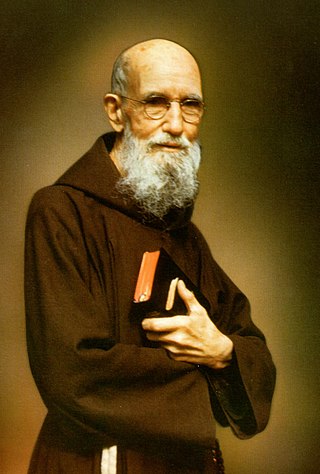
Solanus Casey, OFM Cap, born Bernard Francis Casey, was an American religious priest of the Order of Friars Minor Capuchin. He was known during his lifetime as a healer for his great faith and his abilities as a spiritual counselor, but especially for his great attention to the sick, for whom he celebrated special Masses. The friar was much sought-after and revered, especially in Detroit, where he resided. He was also a noted lover of the violin, a trait he shared with his eponym, Saint Francis Solanus.

Bernardo da Corleone was a Sicilian Capuchin friar.
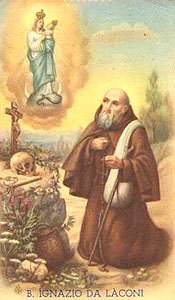
Ignazio da Laconi - born Vincenzo Peis - was a Roman Catholic professed religious born in Sardinia, and a member of the Order of Friars Minor Capuchin. His conquering a serious illness prompted him to consecrate his life to God and therefore entered the religious life though not as an ordained priest. Peis was better known in Sardinia for his humble demeanor coupled with his concern for those who were poor. He mingled with all people he met and was generous towards those who were ill. But he became known as a wonder worker and it was claimed that he had performed 121 miracles during his life.

Crispino da Viterbo - born Pietro Fioretti - was an Italian Roman Catholic professed religious from Order of Friars Minor Capuchin. Fioretti was an ardent devotee of the Mother of God and was consecrated to her protection in 1674 and he even made a small altar dedicated to her when he served in the kitchens at the house in Orvieto. He served in various roles for the order in various cities around Rome where he became a well-known figure with various nobles and prelates - even Pope Clement XI visiting him and seeking him out for advice and support. Fioretti likewise was known as a sort of wonderworker who worked miracles during his lifetime. He was also known for his warm sense of humor and his simple method for living.
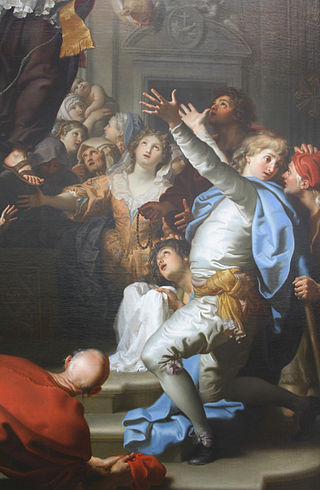
Tommaso da Cori - born Francesco Antonio Placidi - was an Italian Roman Catholic priest and a professed member of the Order of Friars Minor who lived as a hermit for much of his religious life. He gained fame as a noted preacher throughout the region where his hermitage was located and for this became known as the "Apostle of the Sublacense".
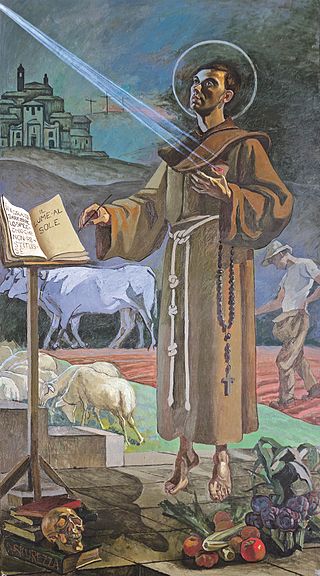
Charles of Sezze - born Giancarlo Marchioni - was an Italian professed religious from the Order of Friars Minor. He became a religious despite the opposition of his parents who wanted him to become a priest and he led an austere life doing menial tasks such as acting as a porter and gardener; he was also a noted writer. He was also held in high esteem across the Lazio region with noble families like the Colonna and Orsini praising him and seeking his counsel as did popes such as Innocent X and Clement IX.

Gaetano Errico, MSSCC was an Italian Catholic priest from Naples and the founder of the Missionaries of the Sacred Hearts of Jesus and Mary.

Benedetta Cambiagio Frassinello was an Italian Roman Catholic professed religious and the founder of the Benedictine Sisters of Providence. Frassinello married to appease her parents in 1816 but the couple decided to lead a chaste life and both pursued a call to the religious life with Frassinello joining the Ursulines in Capriolo at Brescia. But husband and wife later reunited after setting out to establish schools for the education of girls and the pair moved back to Genoa where she founded her order in 1838 based on the Benedictine charism.

Egidio Maria of Saint Joseph - born Francesco Pontillo - was an Italian professed religious of the Order of Friars Minor. Pontillo became a Franciscan brother rather than an ordained priest due to his lack of a proper education and so dedicated himself to the care of the poor and ill in southern Italian cities such as Taranto and Naples where he earned the moniker of the "Consoler of Naples".

Maria Domenica Mantovani was an Italian Roman Catholic professed religious, and the co-founder of the Little Sisters of the Holy Family; she established them alongside Giuseppe Nascimbeni. As a nun she received the religious name of Maria of the Immaculate.

Anna Maria Rubatto was an Italian Roman Catholic nun who assumed the name Maria Francesca of Jesus.

Claudio Granzotto was an Italian professed religious from the Order of Friars Minor and a noted sculptor. Granzotto's works were a conduit for his religious expression and are reflective of his dedication to use sculpting to evangelize to others.

Luigi Maria Monti, CFIC was an Italian Roman Catholic professed religious and the founder of the Sons of the Immaculate Conception.

Leonardo Murialdo, CSI was an Italian Catholic priest and the co-founder of the Congregation of Saint Joseph - also known as the Murialdines.
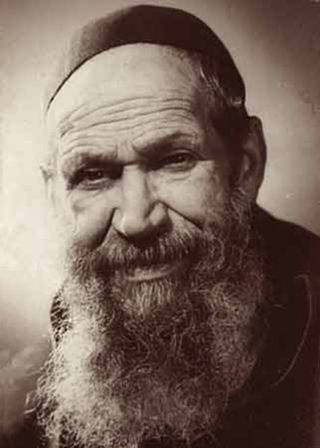
Nicola da Gesturi, born Giovanni Angelo Salvatore Medda, was an Italian Roman Catholic and a professed member of the Order of Friars Minor Capuchin. Throughout his life he encouraged and led charitable works in Sardinia.

Ignatius of Santhià, born Lorenzo Maurizio Belvisotti, was an Italian Roman Catholic priest and a professed member of the Order of Friars Minor Capuchin.
Mariano da Roccacasale - born Domenico di Nicolantonio - was an Italian Roman Catholic professed religious from the Order of Friars Minor. He was of peasant stock and entered the order in his twenties as a professed religious rather than as an ordained priest. He was an influence in the decision of Giuseppe Oddi joining the Franciscans after their 1863 encounter. He became titled as a Servant of God under Pope Leo XIII on 12 December 1895 with the commencement of the canonization cause. He received the title Venerable in 1923 under Pope Pius XI; Roccacasale was beatified - alongside Oddi - when Pope John Paul II presided over the late Franciscans' beatification on 3 October 1999.

Luca Antonio Falcone – in religious life Angelo – was an Italian Roman Catholic priest and a professed member of the Franciscan Order of Friars Minor Capuchin in Cosenza. Falcone had a rough call to religious life after several entries and exits into the order and he later served as a noted preacher across southern Italian cities such as Catanzaro and Salerno after his first few sermons attracted little following. He became titled as both the "Angel of Peace" and the "Apostle of the South".


















